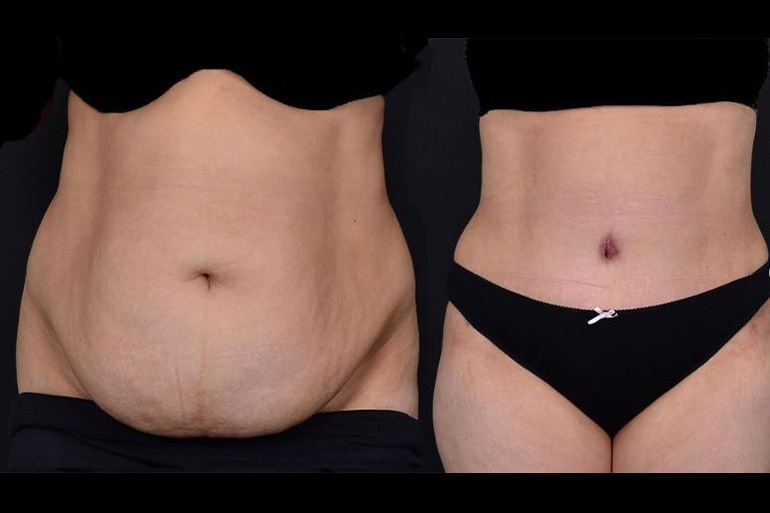
Abdominoplasty (Tummy Tuck) Aesthetics in Turkey
Abdominoplasty, also known as "Tummy Tuck", is a surgical procedure to improve the shape and appearance of the abdomen. It is the surgery performed to remove excess skin and adipose tissue hanging below and just above the navel area and to repair the loosening in the anterior abdominal wall.
During tummy tuck, excess skin and fat tissue in the abdomen are removed. The connective tissue in the area is also tightened with stitches. The remaining skin is then repositioned to create a beautiful appearance. If you have excess fat or skin around your belly button, or if you have a weak lower abdominal wall, you may choose to have a tummy tuck.
Why Tummy Tuck Is Made
The causes of excess fat, sagging skin or weakened connective tissue in your abdomen may be one or more of the following;
• Significant changes in weight
• Pregnancy
• Abdominal surgery such as C-section
• Aging
• Your natural body type
Tummy Tuck (Tummy Tuck) tightens the weak area by removing loose, excess skin and fat. The operation can also remove stretch marks and excess skin in the lower abdomen below the navel. However, tummy tuck does not affect the cracks outside this area.
If you have had a previous cesarean section, your plastic surgeon may include your existing cesarean section scar in your tummy tuck scar.
It can also be performed together with other body shaping aesthetic surgeries such as tummy tuck and breast surgery. If you have had fat removed from your abdomen (liposuction), you may decide to have a tummy tuck because liposuction removes the tissues and fat just under the skin, but not the excess skin.
Who Cannot Tummy Tuck?
Tummy Tuck may not be suitable for everyone. Your doctor may warn against tummy tuck surgery if:
• If you are considering pregnancy in the future
• If you have a serious chronic condition such as heart disease or diabetes
• If you have a body mass index greater than 30
• If you have had previous abdominal surgery that caused significant scar tissue
What are the Types of Tummy Tuck (Abdominal Lift) Aesthetics?
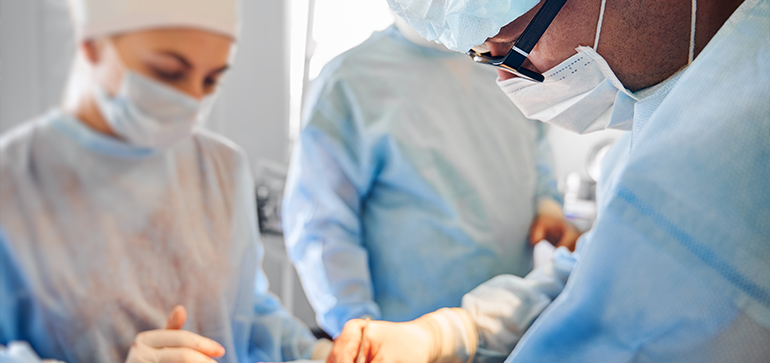
There are different types of Tummy Tuck Abdominoplasty. The 3 most commonly used methods are as follows.
1. Full Abdominoplasty
This type of tummy tuck is one of the most common, but it is also a more complex procedure than standard tummy tuck surgery. During a Full Abdominoplasty, the plastic surgeon not only removes excess fat and tightens the skin, but also stitches the abdominal wall muscles. In this procedure, the belly button is repositioned.
2. Mini Tummy Tuck
A mini tummy tuck is considered a less complex procedure than a full tummy tuck. It is the preferred method in patients who do not have a significant excess of adipose tissue, but have cosmetic defects in the form of excess skin under the navel. Examples include patients with functional problems such as hernia or diastasis after birth. The location of the belly button is not changed.
3. Reverse Tummy Tuck
This type of tummy tuck is generally used in patients who have lost a significant amount of weight and have sagging in the upper abdomen and chest. During reverse abdominoplasty, an incision is made in the skin folds under the breast, which allows for simultaneous breast augmentation and lift and abdominal plastic surgery.
Tummy Tuck Aesthetic Risks
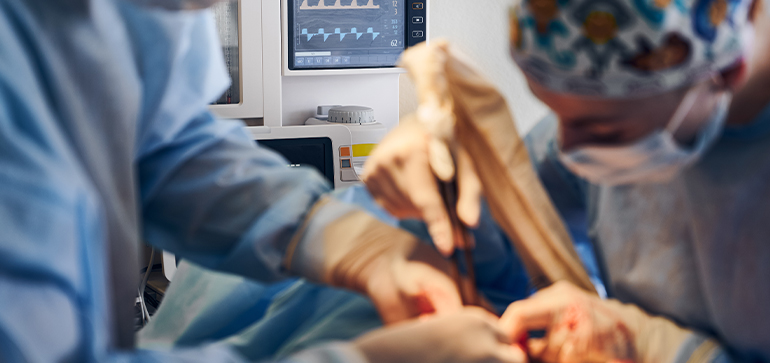
Although it is a very low percentage during or after Tummy Tuck aesthetics, there are some risks as in all surgeries.
1. Fluid accumulation under the skin (seroma): Drainage tubes left at the surgical site after surgery can help reduce the risk of excess fluid. Your doctor may also remove fluid after surgery using a needle and syringe.
2. Wound Not Healing: Sometimes the areas on the incision line do not heal or begin to separate. You may be given antibiotics during and after surgery to prevent infection.
3. Scar: The incision scar from tummy tuck surgery is permanent, but is usually located along the bikini line, which can be easily hidden. The length and visibility of the scar varies from person to person.
4. Tissue damage: During tummy tuck, the fat tissue in the abdomen deep under your skin may be damaged or die. Smoking increases the risk of tissue damage. Depending on the size of the area, the tissue may heal on its own or may require a surgical retouching procedure.
5. Changes in skin sensation: During a tummy tuck, repositioning of your abdominal tissues can affect the nerves in the abdomen and rarely in the upper thighs. You will likely experience some decreased sensation or numbness. This usually subsides in the months after the procedure.
6. Like any other major surgery, a tummy tuck carries a risk of bleeding, infection, and reaction to anesthesia.
Before Tummy Tuck (Tummy Tuck) Aesthetics
Smoking reduces blood flow to the skin and can slow the healing process. Smoking also increases the risk of tissue damage. If you smoke, your doctor will recommend that you stop smoking before surgery and during recovery.
to blood you may need to avoid taking aspirin, anti-inflammatory medications, and herbal supplements that can increase inflammation.
Ideally, you will maintain a stable weight for at least 12 months before undergoing tummy tuck surgery.
If you are overweight, your doctor will recommend that you lose weight before the procedure. If you experience significant weight loss after the procedure, it may lessen the effect of the result.
Make plans to have someone drive you home after you leave the hospital, and spend at least the first night of your recovery at home.
A tummy tuck is performed in a hospital or an outpatient surgical facility. You will be under general anesthesia during tummy tuck. This makes you completely unconscious and you do not feel pain.
You may be given an antibiotic to prevent infection during the procedure.
The procedure typically takes about two to three hours.
After Tummy Tuck (Tummy Tuck) Aesthetics
After tummy tuck surgery, your abdominal incision will be closed with surgical dressing. Small drainage tubes may be placed along the incision site to drain excess blood or fluid.
You will start walking the first day after tummy tuck surgery to help prevent the formation of blood clots.
Pain medication will be given. It is normal to have swelling in the operation area.
Drains may remain for several days after surgery. You may need to continue taking antibiotics as long as there are drains.
Your surgeon may also prescribe a blood thinner for a short time after your tummy tuck.
You will wear a supportive tummy tuck (corset) for about six weeks after your tummy tuck surgery. This helps prevent fluid buildup and provides support to the abdomen as it heals.
During the first six weeks after tummy tuck surgery, you need to be careful while moving. You should also avoid positions that strain your incision line (such as bending over quickly from the waist) to prevent the wound from reopening.
The surgery is performed under general anesthesia and takes between 1.5 and 3 hours. It requires hospitalization and walking in a slightly hunched posture for a certain period of time. You can return to your normal life within 15 days. However, exercise is not recommended before 6 weeks.
What You Should Know About Tummy Tuck Aesthetics in Turkey / Istanbul
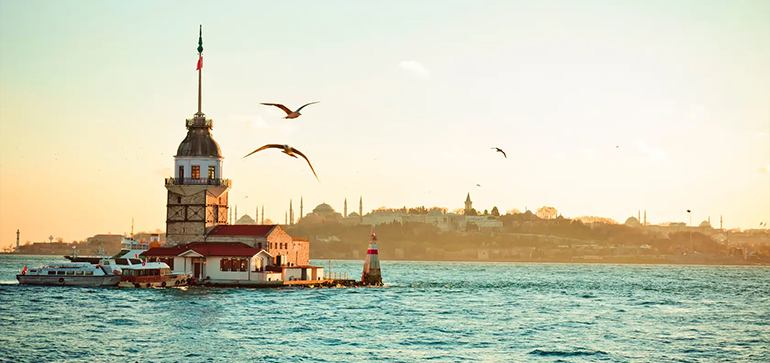
• Turkey is one of the most preferred countries in Tummy Tuck Aesthetics, as there are many experienced plastic surgeons and high quality hospitals and clinics.
• If you are planning to have children, tummy tuck is not recommended.
• Tummy Tuck surgery can also be performed on men.
• Tummy tuck can help shape the waist and create a tighter abdominal profile, but it is not a weight loss method.
• Abdominal Stretching can also help reduce or, in some cases, remove pregnancy stretch marks or cesarean section scars in the abdomen.
• To be a good candidate for surgery, you must be healthy and have a stable and normal body mass index.
• Although tummy tuck shapes your abdomen, remember that you will need to pay attention to your diet and exercise after the procedure to make it look good.
• Note that the procedure leaves a scar across the lower abdomen.
• Keep in mind that this operation is a plastic surgery procedure with a higher risk of complications such as infection, bleeding, hematoma, seroma, soft tissue necrosis, and suppuration or wound healing problems.
• You should stay away from alcohol and cigarettes for at least 2 months before and after the surgery.
• You should plan at least 7 days for your Abdominoplasty in Istanbul.
• Keep in mind that you will need to wear a compression garment for a few weeks after the procedure. Therefore, it may be better to have a tummy tuck in winter or autumn.
• Full recovery takes a few months.
• It is normal to feel pain and tension in your abdomen in the first weeks after surgery.
• Make sure that the operated area is not exposed to sunlight under any circumstances.
• You will need to stay away from physical activity completely for the first 2 weeks. Otherwise, it may adversely affect your stitches and the healing process.
• The stitches are normally removed after 10 to 14 days. Only then can patients take a shower.
• Sauna, solarium and heavy sports are not allowed for at least 6 months.
• The final result is seen after 6 months.
Treatment Costs in Turkey
Treatment costs in Turkey are 40% to 50% lower than other countries in all medical treatment areas such as cancer treatment, heart surgery, orthopedic surgery, IVF treatment, aesthetic dental treatment, aesthetic treatments.
Doctors in Turkey are highly qualified and private hospitals are of the highest quality and accredited by JCI. Turkey is a popular destination for medical tourism due to its high quality.
Do You Need a Visa to Turkey?
For many countries, you can easily obtain a visa for 90 days per trip. However, for holders of US, UK, Australian, Chinese and Spanish passports, pre-arrival e-visas is required for a fee is in progress. Holders of French, German, Russian and Singaporean passports can enter visa-free. Citizens of more than 70 countries have the right to enter Turkey without a visa.
Transportation to Turkey
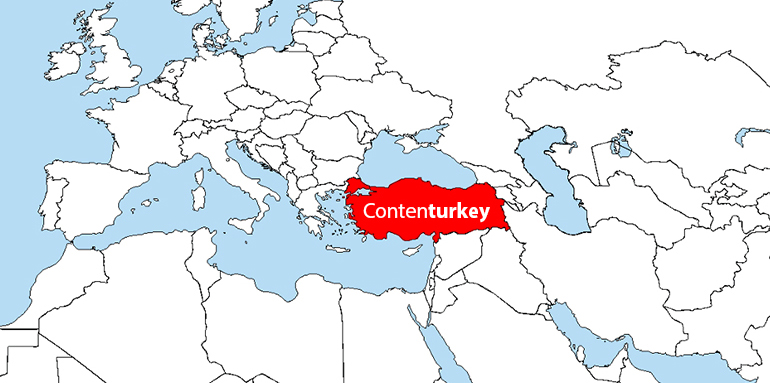
Turkish Airlines is one of the largest airlines in the world, flying to more than 100 countries and 200 international destinations. Turkish Airlines' extensive flight network provides easy and economical transportation to patients from all over the world.
Turkey's private hospitals offer the world's most advanced medical treatments and technology today. In addition to its technologically advanced medical infrastructure, Turkey is a leading health tourism destination with many advantages.
Fill out the form to get "Free Abdominoplasty / Tummy Tuck Aesthetics Planning".
Plan your Abdominoplasty / Tummy Tuck Aesthetics Aesthetics journey with Contenturkey today!
Do you know that you can visit Turkey's most competent hospitals and clinics specialized in Face and Neck Lift Aesthetics through Contenturkey with special privileges? To do this, simply fill out the form below.
In a short time, authorized health communication units will contact you and convey all the details together with the price information.
Moreover, when you have Face and Neck Lift Aesthetics via the form below, you can benefit from the privilege of 5% discount as a visitor to our website!
WARNING: Contenturkey.com has no partnership with any clinic, hospital or doctor. The content on our page has been created to inform you about your health tourism experience in Turkey. Please consult your doctor for any diagnosis and treatment. We are not responsible for any health problem you may experience for any reason.
In addition to all this, the information we create and share under medical and medical titles should not be interpreted as treatment advice. No explanation is a substitute for a doctor's visit.
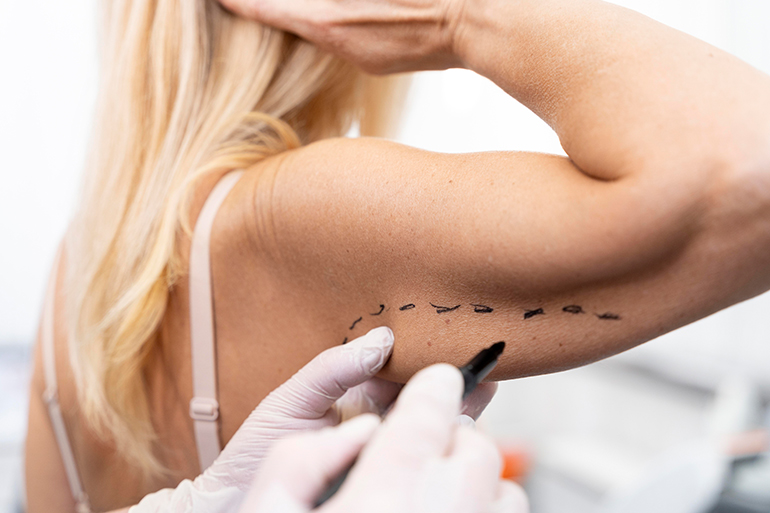
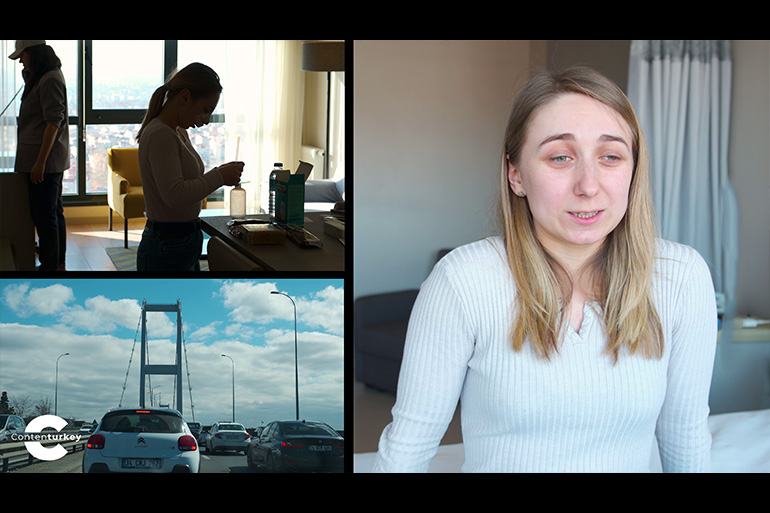

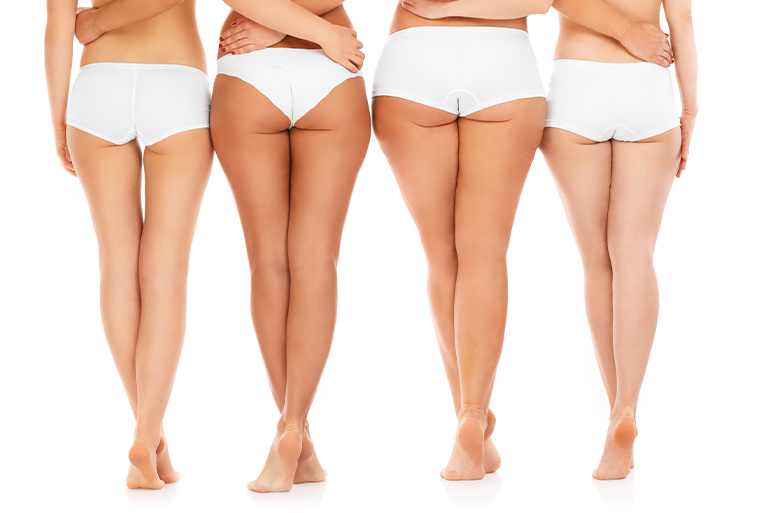
0 Comment
Comment